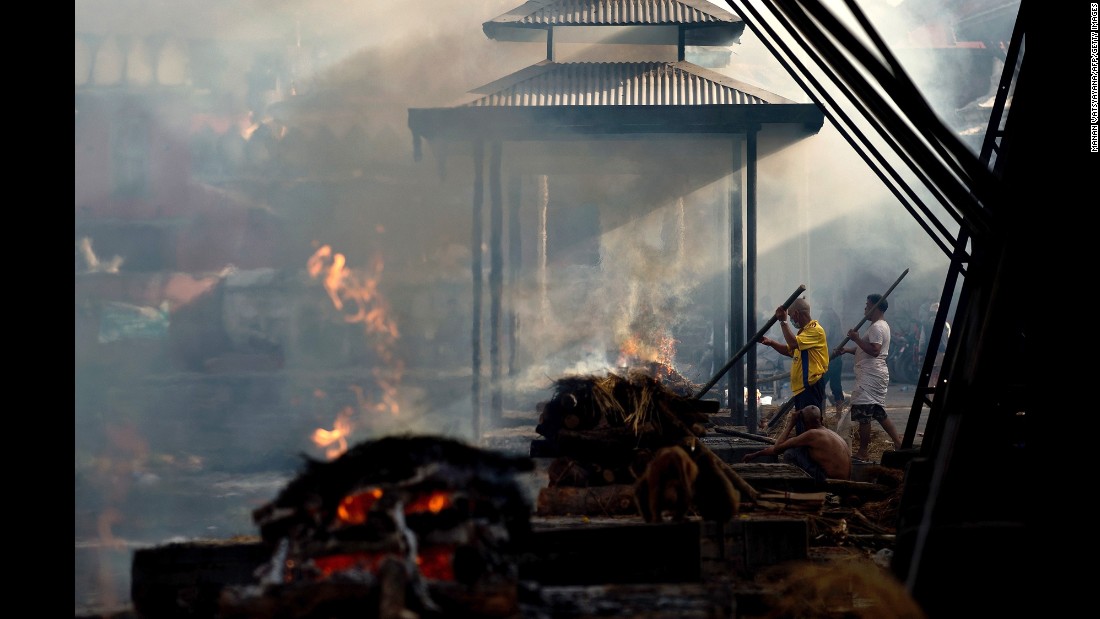
It's a persistent myth that the bodies of the dead after a natural disaster are a big health risk. Sadly, most of the people who die in disasters such as earthquakes or floods are healthy. That means their bodies aren't likely to hold disease that can spread to survivors. (The situation is different for disasters such as the Ebola outbreak in West Africa, during which dead bodies were a major transmitter of illness.)
Public health organizations have been trying for the last decade to get the message across that it's OK to leave bodies unburied after natural disasters, to give people time to identify their deceased loved ones, but as recently as 2013, officials in the Philippines buried people in mass graves following a typhoon there. There are many better ways to prevent disease outbreaks after natural disasters.
In fact, it may actually be better for public health to go about burials more slowly, as natural-disaster consultant Claude de Ville de Goyet argued in an op-ed published in the Pan American Journal of Public Health in 2004:
The inability to mourn a close relative, the lingering doubt on the whereabouts of the disappeared, and the legal limbo of the surviving spouse or child all contribute to the many potential mental health problems associated with disasters and the difficult rehabilitation process that follows.
Mental health is just as crucial as any other aspect of health following disasters. Giving survivors time to identify, mourn, and bury disaster victims in the same way that they would have, had their loved ones died in any other way, is an important part of the healing process.
Saturday 2 May 2015
http://www.psmag.com/health-and-behavior/give-people-time-to-mourn

0 comments:
Post a Comment